AUGUSTA — Advocates said Wednesday that the local environment and economy would flourish if the upper Kennebec River watershed were given the same chance to recover that removal of a landmark dam nearly 25 years ago provided for downriver sections.
Testifying before federal officials at the Augusta Civic Center, the advocates said removing four dams between Waterville and Skowhegan — like removal of the Edwards Dam in Augusta on July 1, 1999 — would give the endangered Atlantic salmon their best chance to avoid extinction, and open access to outstanding spawning grounds in the Sandy River.

The Shawmut Dam in Fairfield, photographed Oct. 13, 2022, from the edge of the Kennebec River. Morning Sentinel file
And the power produced by those four hydroelectric dams, which makes up a combined 6% of the state’s annual electricity supply, is not worth the harm done to the environment, and the fish that are blocked from their historic spawning grounds, according to some Maine residents and fisheries and environmental advocates.

John Burrows, vice president of U.S. operations for the Atlantic Salmon Federation, testifies Wednesday during a Federal Energy Regulatory Commission public hearing at the Augusta Civic Center on relicensing four Kennebec River dams. Joe Phelan/Kennebec Journal
They delivered their comments Wednesday to Federal Energy Regulatory Commission officials at a public hearing held as part of the relicensing process for the Lockwood Dam and Hydro Kennebec Dam in Waterville, Shawmut Dam in Fairfield and Weston Dam in Skowhegan.
“We’ve had an amazing success story on the lower river, thanks to the removal of the Edward Dam and a lot of other work,” John Burrows of Kennebunk, the vice president for U.S. operations of the Atlantic Salmon Federation, said at the hearing. “And the recovery — the restoration of the fish, water quality, reclamation, etc. — has just been absolutely phenomenal.
“Unfortunately, all the restoration work is halted in Waterville. Largely, for the last 20 years, we’ve had one fish ladder that barely works, and that success downriver, which has just been astronomical, and the benefits from that whether its economically, ecologically or even spiritually for people and communities, has been tremendous.”
Burrows continued: “Yet upriver, it’s vastly different. We want to see the river restored, we want to see the fish restored and we can maintain or replace the power through other means, and recover this amazing river.”
Dozens of people testified in favor of removing the four dams, or at least upping the requirements that each of them have improved fish ladders or other ways of passage for fish, with screening to prevent fish from being killed by dam turbines.
George Hofgren of Fairfield stood out as a voice opposed to removing the dams. He advocated for them to be relicensed and not overburdened with requirements on their owner, Brookfield Renewal Partners, to add expensive fish passages to them.
Hofgren said there is no chance the struggling Atlantic salmon population can be brought back, and insisted that the advocates for dam removal are fly fishermen with their own special interests at heart.

George Hofgren of Fairfield testifies Wednesday during a Federal Energy Regulatory Commission public hearing at the Augusta Civic Center on relicensing four Kennebec River dams. Joe Phelan/Kennebec Journal
“They want to slowly choke out the people who live there, like myself, and they want to close Brookfield to finally just give up on the situation. And that is wrong,” Hofgren said. “We need hydroelectric. We need natural energy storage.”
Selene Frohmberg of Readfield, who has a fly fishing shop near the confluence of Cobbosse Stream and Kennebec River in Gardiner, urged federal regulators to consider what has been learned in the decades since removal of the Edwards Dam, the first hydroelectric dam that FERC ever ordered removed.
“We’re seeing shad, and (striped bass), and how in the 25 years, that has changed, and the sturgeon that have come back. It has been amazing to see,” Frohmberg, co-owner of Selene’s Fly Shop in downtown Gardiner, said. “So, with what the results could be not only environmentally — they could be tremendous recreationally, economically — I can’t see the benefits to keeping the dams when, with all these other things, there could be so much good.”

Selene Frohmberg, co-owner of Selene’s Fly Shop in downtown Gardiner, testifies Wednesday during a Federal Energy Regulatory Commission public hearing at the Augusta Civic Center on relicensing four Kennebec River dams. Joe Phelan/Kennebec Journal
FERC held a similar public hearing Tuesday night at Thomas College in Waterville.
A draft environmental impact statement by FERC staff members recommends the dams be relicensed, but with improved access for fish to get past the dams.
Several speakers Wednesday said the types of fish passages being proposed have been proven to be ineffective at other dams. It would also take so long for fish to find and use the fish ladders, especially at four separate dams, that by the time they did, they would have no energy left to spawn, some speakers said.
“The fate of the river may depend on Brookfield’s investment in that area,” Hofgren said. “And to make it financially unfeasible by recommending multiple fish lifts or many-million-dollar upgrades could break that.”
Send questions/comments to the editors.


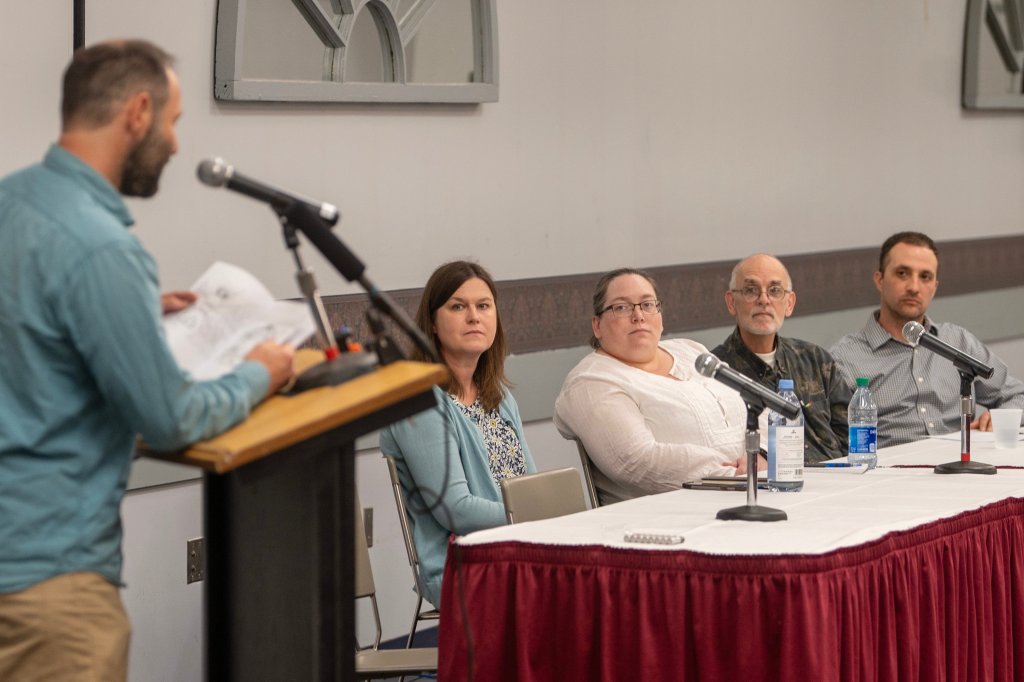
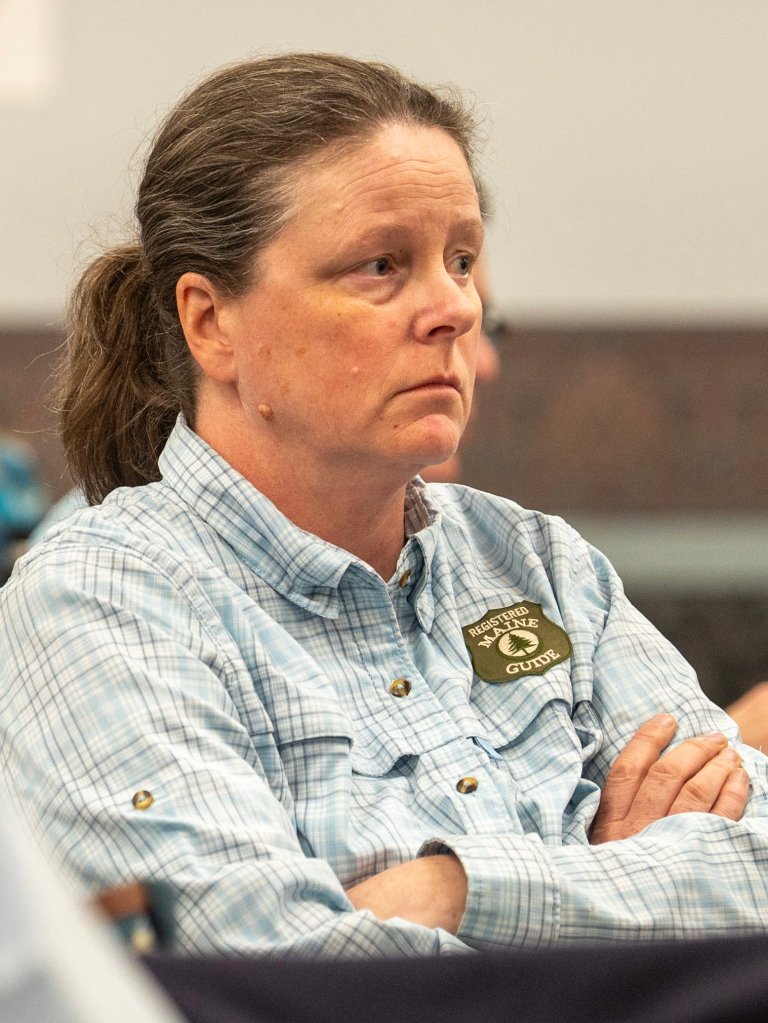
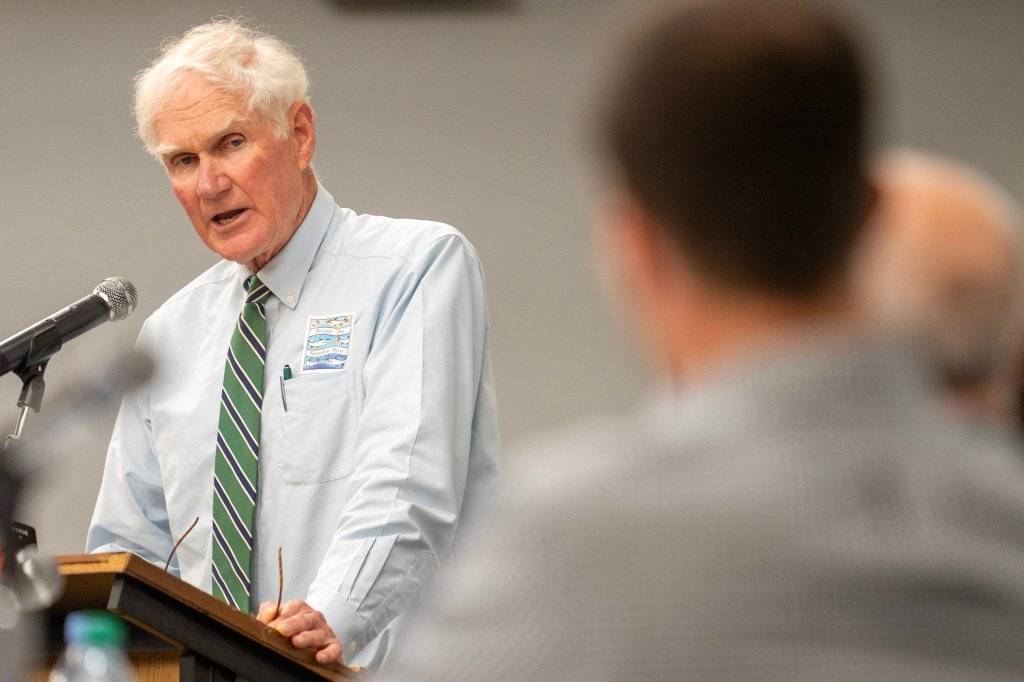
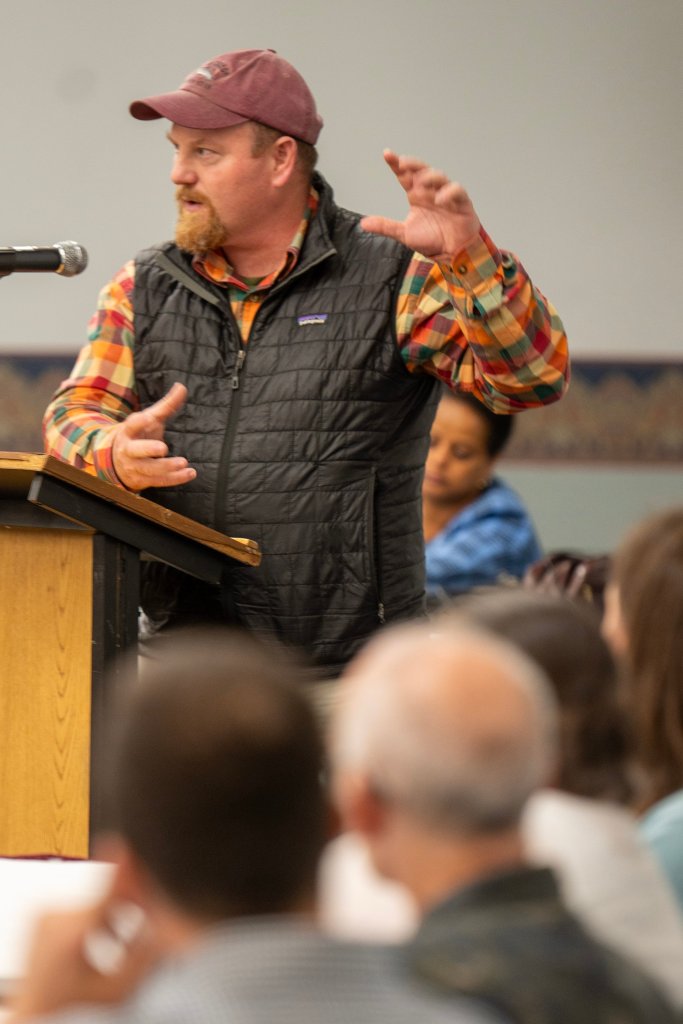



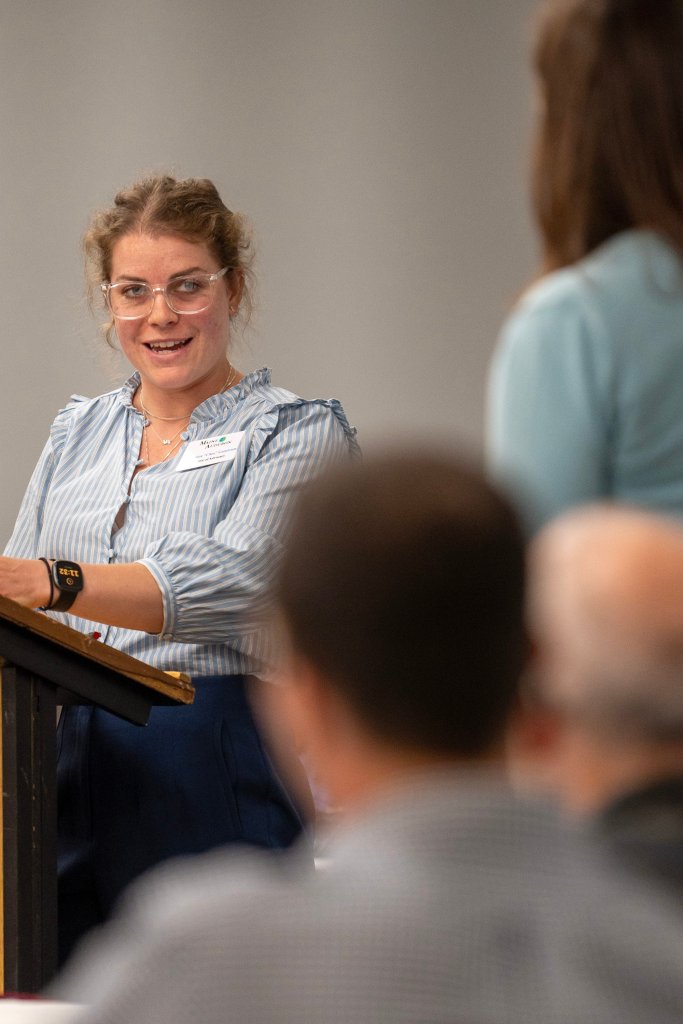
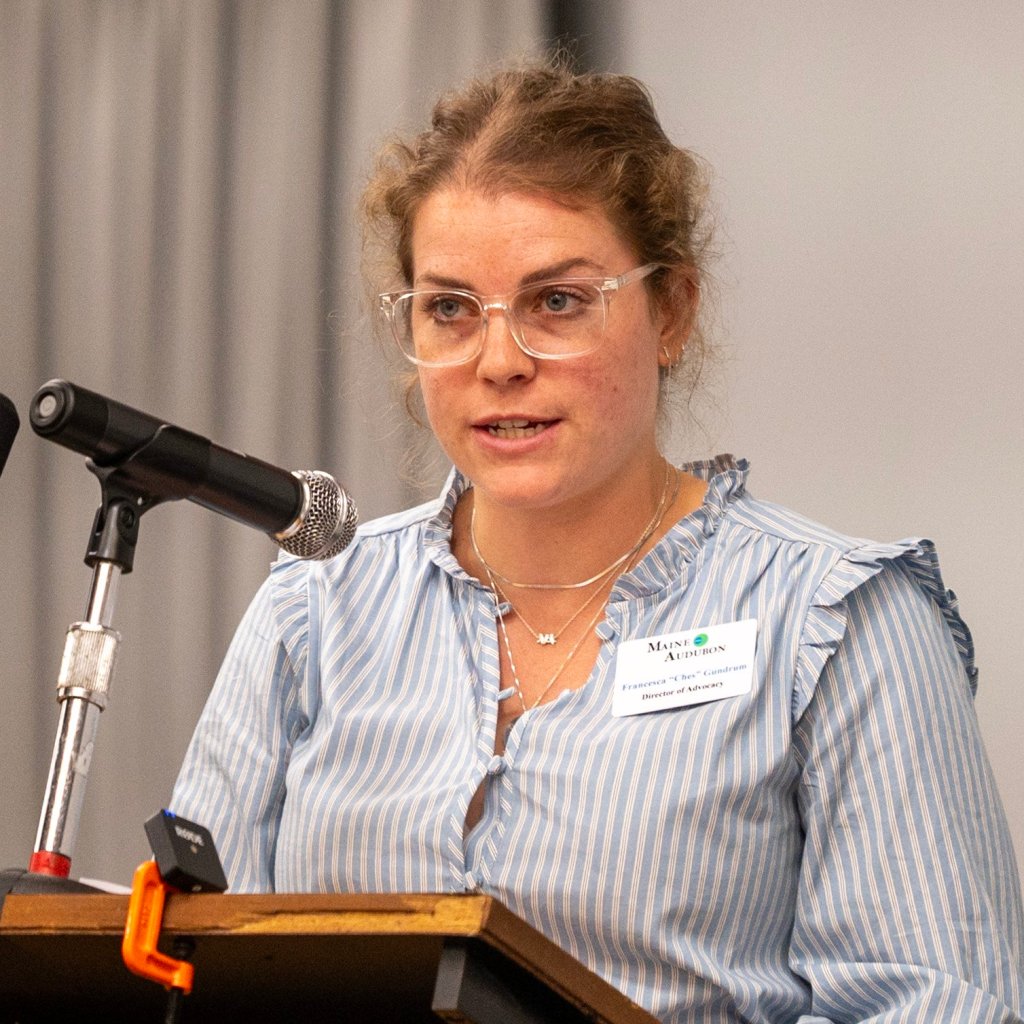
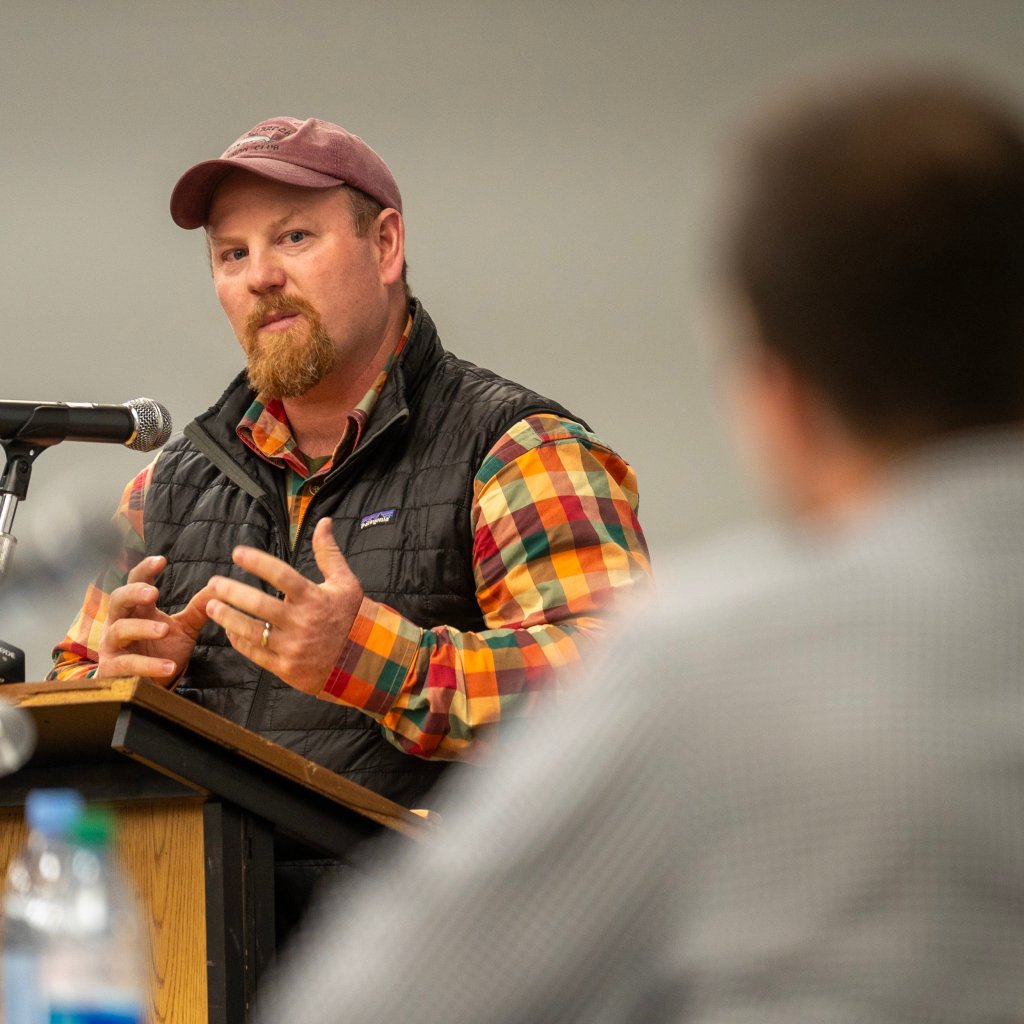
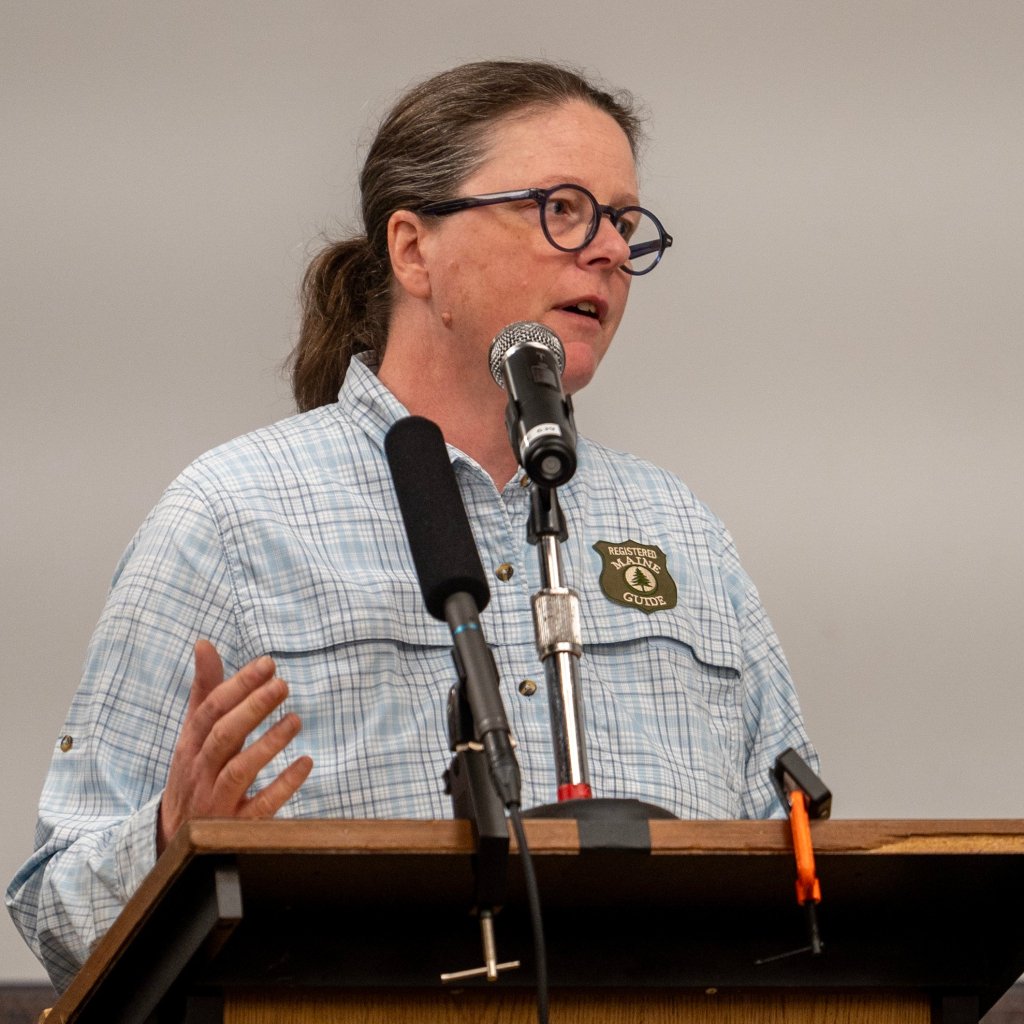
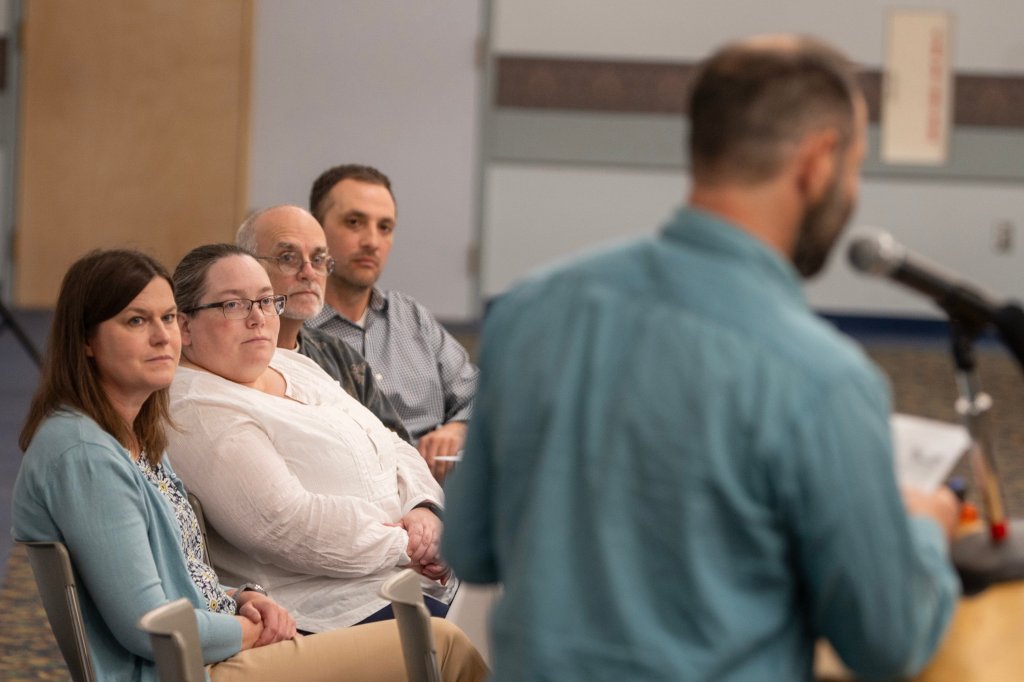


Comments are no longer available on this story